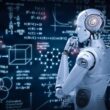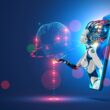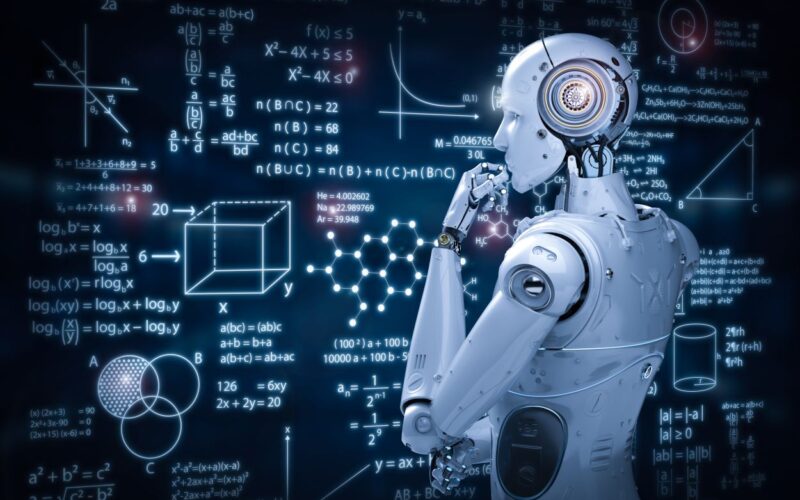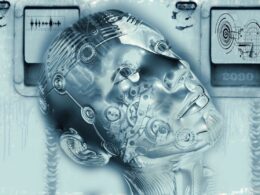Artificial intelligence (AI) is a broad field that encompasses many different technologies and approaches, including machine learning (ML). Machine learning is a subset of AI that involves training algorithms to automatically improve their performance on a given task using data.
In other words, machine learning is a method for achieving AI, where a machine is trained using data and algorithms to improve its performance on a specific task without being explicitly programmed.
What are the 4 types of AI?
There are many ways to classify AI, and different experts may use slightly different categorizations. However, one common framework for classifying AI is based on the level of autonomy and intelligence exhibited by the system:
- Reactive Machines: These AI systems can only react to the current situation and don’t have the ability to form memories and use past experiences. They can only respond based on what is happening at the present moment. Example: Deep Blue, the chess-playing computer developed by IBM.
- Limited Memory: These AI systems can refer to previous experiences to inform current decision-making. Example: Self-driving cars that need to remember the last few seconds to maneuver.
- Theory of Mind: These AI systems can understand the mental states and emotions of other agents. They can know that other agents have different intentions and beliefs.
- Self-Aware: These AI systems possess a sense of self-awareness and consciousness. They can understand their own mental states and emotions.
It’s worth noting that this classification is not mutually exclusive, and some AI systems may exhibit characteristics of multiple types.
What are the three types of machine learning?
There are three main types of machine learning, each with a different approach to learning from data:
- Supervised Learning: In supervised learning, the algorithm is trained on a labeled dataset, where the correct output (label) for each input is provided. The goal is to learn a model that can accurately predict the output for new, unseen input. Examples include linear regression, logistic regression, and support vector machines.
- Unsupervised Learning: In unsupervised learning, the algorithm is not provided with labeled data, but instead must discover the underlying structure of the input on its own. The goal is to find patterns or relationships in the data. Examples include clustering and dimensionality reduction.
- Reinforcement Learning: In reinforcement learning, the algorithm learns to make decisions by interacting with an environment and receiving feedback through rewards or penalties. The goal is to learn a policy that maximizes the cumulative reward over time. Examples include Q-learning and Markov decision processes.
It’s worth noting that some machine learning models may use a combination of these types, for example, a supervised learning model that is fine-tuned using reinforcement learning.










